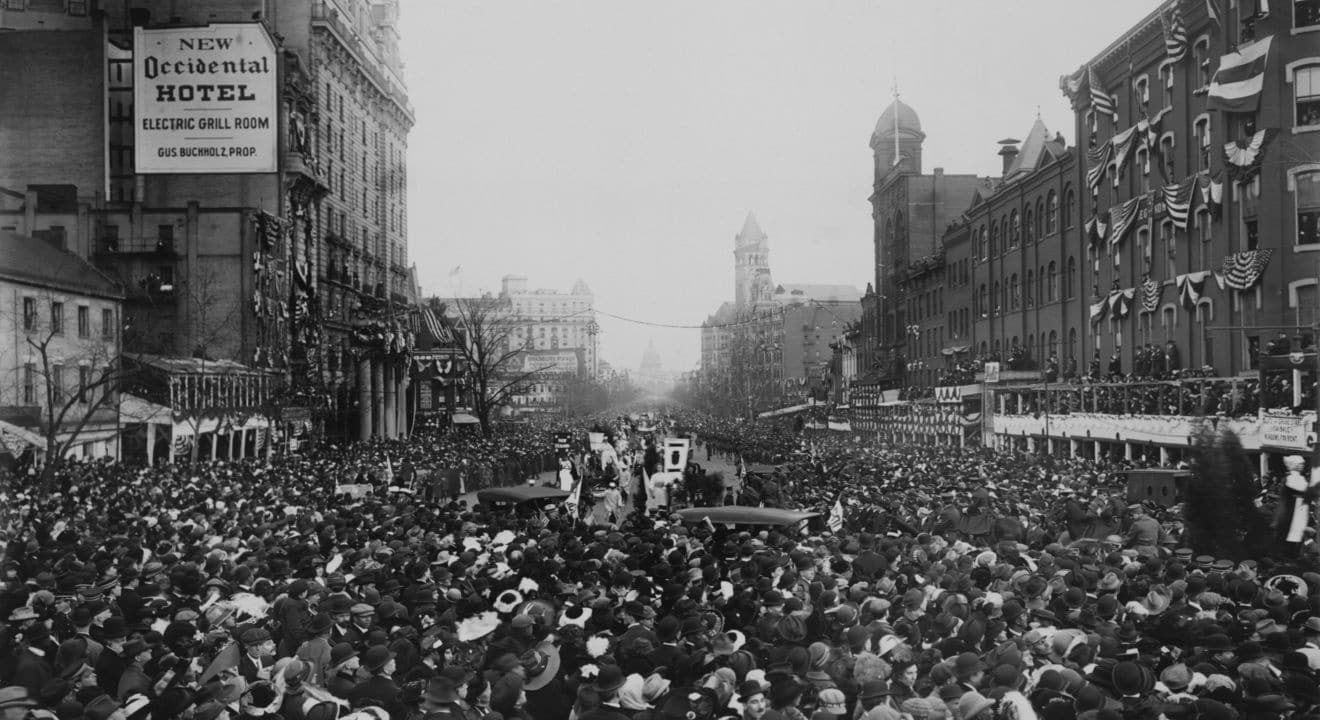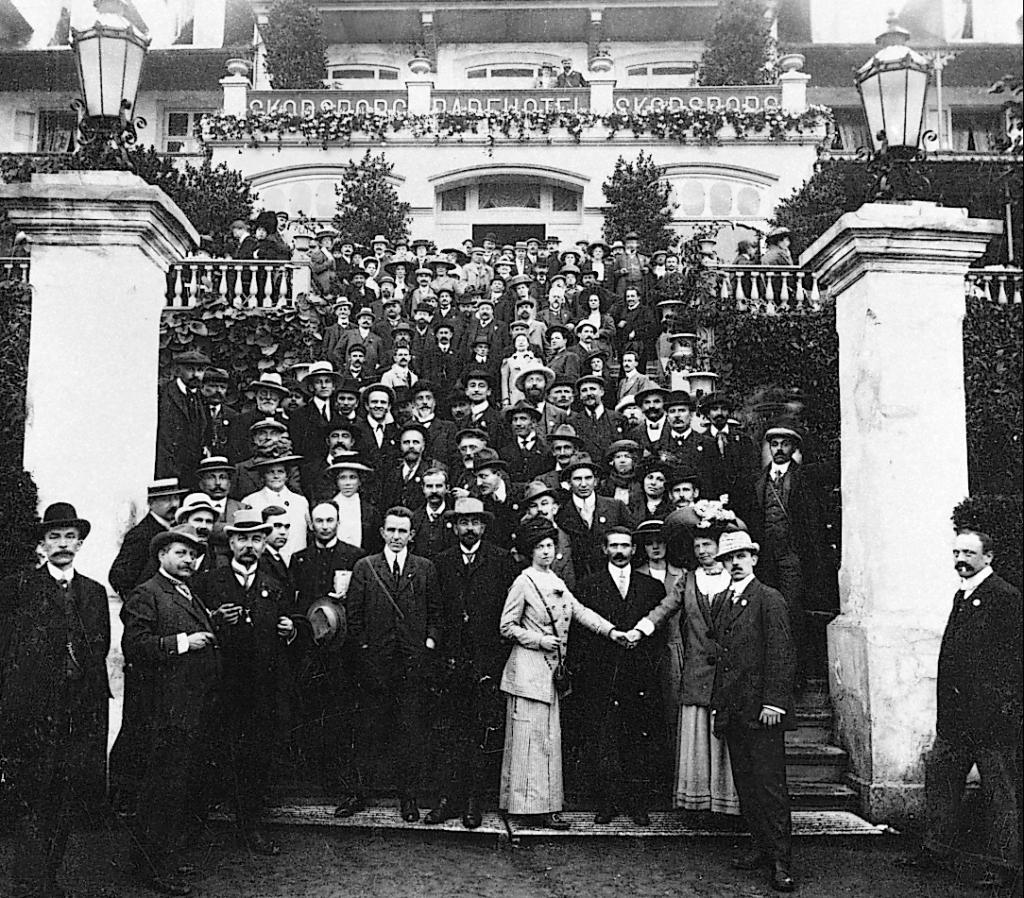

Menu


Every year on March 8th, International Women’s Day (IWD) is observed to honor the social, economic, cultural, and political accomplishments of women. The day also serves as a rallying cry for people to take immediate action to advance gender equality and women’s empowerment globally.

The first decades of the 20th century are when International Women’s Day first began. Women in New York City marched in 1908 in support of more favorable working conditions, shorter workdays, and the right to vote. This occasion served as the nation’s inaugural National Women’s Day celebration.

The first National Women’s Day was established by the Socialist Party of America the following year, on February 28, 1909. The purpose of the day was to pay tribute to the female garment workers who had gone on strike the year before in protest of their unfavorable working conditions and low pay.
Copenhagen, Denmark hosted the International Socialist Women’s Conference in 1910. German political activist Clara Zetkin suggested creating an annual International Women’s Day during this convention. The idea was approved, and on March 19th, 1911, Austria, Denmark, Germany, and Switzerland observed the first International Women’s Day.

In the years that followed, socialist and communist nations marked International Women’s Day in an effort to advance women’s rights and gender equality. Women’s movements in Europe and Russia utilized the day to oppose the war and promote peace during World War I.
International Women’s Day was first acknowledged by the UN in 1975, and March 8th was chosen as the official date for the celebration. Since then, celebrations of the day have taken place all around the world in rallies, marches, conferences, and other gatherings to honor the contributions of women to society and to promote gender equality.
Every year, a new topic for International Women’s Day is chosen to highlight global challenges that affect women and girls. Chose to Challenge in 2021, Each for Equal in 2020, and Balance for Better in 2019 are some recent themes.

In summary, there is a long and rich history behind International Women’s Day. The celebration of women’s accomplishments and the demand for action for gender equality have grown from a modest gathering of women in New York City to a worldwide event. In order for women and girls to realize their full potential and contribute to a more just and equal society, we must continue to support and empower them globally.
